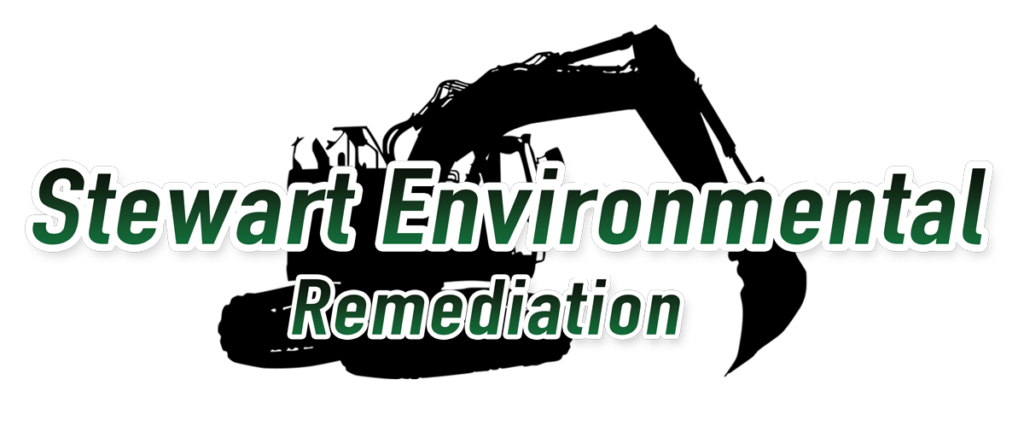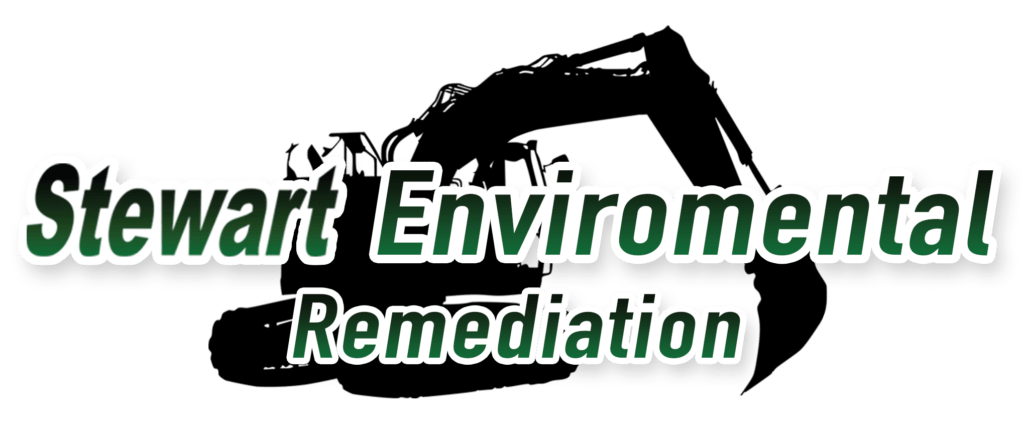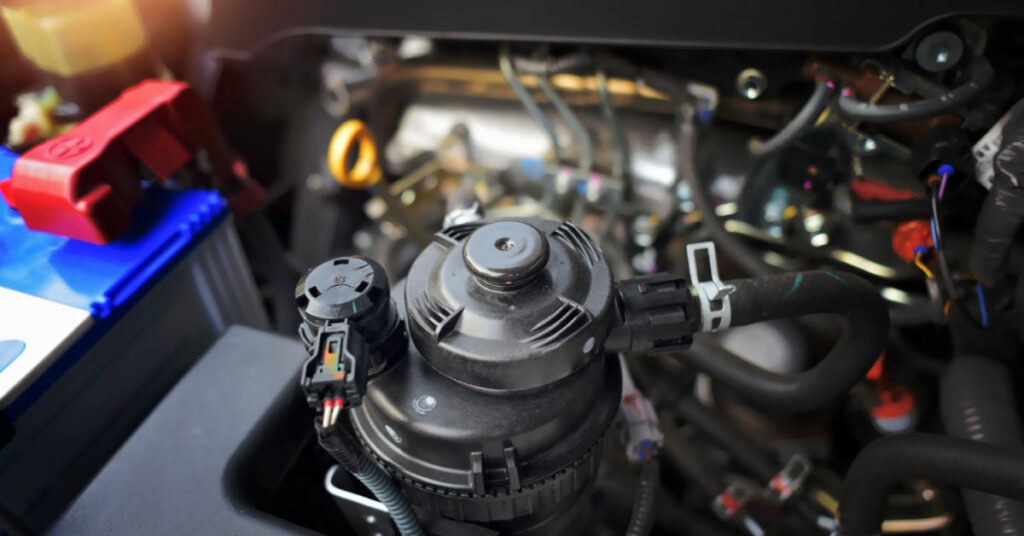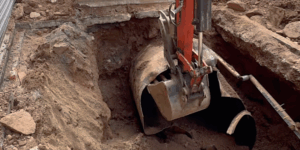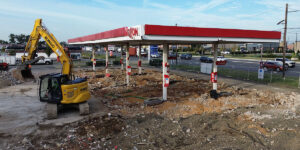What Are Oil Water Separators
Oil water separators, or OWS, are devices designed to separate oil and water from industrial wastewater before it is discharged into the environment. They are used in various industries, including automotive, aerospace, manufacturing, and food processing.
The purpose of an oil water separator is to remove oil and other hydrocarbons from wastewater so that it can be safely discharged into the environment or reused in industrial processes. These devices work on the principle of gravity separation, which relies on the fact that oil and water have different densities and will naturally separate when allowed to settle.
Several oil water separators are available, including coalescing plate separators, hydro cyclones, gravity separators, and centrifugal separators.
Coalescing Plate Separators
Coalescing plate separators are the most common type. They work by using a series of plates that encourage the oil to separate from the water and coalesce into larger droplets that can be easily removed.
Hydrocyclones
Hydrocyclones use centrifugal force to separate oil and water, while gravity separators rely on differences in density to separate the two substances.
Centrifugal Separators
Centrifugal separators are another option and work by spinning the wastewater at high speeds, forcing the oil to separate from the water.
By ensuring that industrial wastewater is adequately treated before it is discharged into the environment. oil water separators protect our waterways and prevent pollution, making them an essential part of many industrial processes.
EPA Oil Water Separator Regulations
The Environmental Protection Agency (EPA) has established regulations for oil water separation to protect the environment and ensure that industrial wastewater is correctly treated before discharge.
NPDES
One of the key regulations related to oil water separation is the National Pollutant Discharge Elimination System (NPDES) permit program. This program requires that any facility discharging pollutants, including oil and other hydrocarbons, into navigable waters must obtain an NPDES permit. The permit limits the amount and type of contaminants that can be discharged and requires regular monitoring and reporting to ensure compliance.
CWA
Another regulation related to oil water separation is the Clean Water Act (CWA). The CWA prohibits the discharge of any pollutant from a point source, such as a pipe or drain, into navigable waters without an NPDES permit. The CWA also establishes water quality standards that must be met to protect human health and the environment.
BPMs
In addition to these regulations, the EPA has established Best Management Practices (BMPs) for oil water separation. BMPs are measures taken to reduce the pollutants in wastewater and improve the efficiency of oil water separators. Some of these practices include regular maintenance and inspection of oil water separators, proper disposal of oil and other contaminants, and use of spill prevention and response plans.
Now we review the required maintenance for oil water separators.
Oil Water Separator Maintenance
Regular maintenance is necessary to ensure oil separator devices operate efficiently and effectively.
Here are some essential maintenance tasks.
Regular Inspection
Oil water separators should be inspected regularly to ensure they function correctly. This includes checking for leaks, monitoring the amount of oil being collected, and checking the sludge level in the separator.
Cleaning
Over time, sludge and other contaminants can build up in the separator, reducing efficiency. Therefore, cleaning regularly is essential to ensure it continues functioning effectively. This may involve using specialized equipment to remove sludge and debris from the separator.
Monitoring Oil Levels
The oil levels must be monitored to ensure it does not overflow. If the separator is not emptied regularly, the excess oil can overflow into the environment, causing pollution.
Replacement of Parts
Like any mechanical device, oil water separators may require the replacement of parts over time. This may include replacing filters or other components that have become worn or damaged.
Calibration
Oil water separators rely on accurate calibration to function correctly. Therefore, regular calibration is necessary to ensure that the device separates oil and water efficiently and effectively.
In addition to these maintenance tasks, ensuring that the staff responsible for operating and maintaining the separator are properly trained is crucial. This includes understanding the proper operating procedures, how to troubleshoot common problems, and the importance of compliance with regulations related to oil water separation.
Overview
Overall, the EPA’s regulations related to oil water separation are an important part of protecting the environment and ensuring that industrial wastewater is adequately treated before being discharged. Facilities subject to these regulations must take steps to comply with NPDES permits, meet water quality standards, and implement BMPs to reduce the amount of pollutants in wastewater.
If you need oil separators removed from your property, contact Stewart Environmental Remediation. We are a professional environmental consultant and contractor company ready to assist you.
